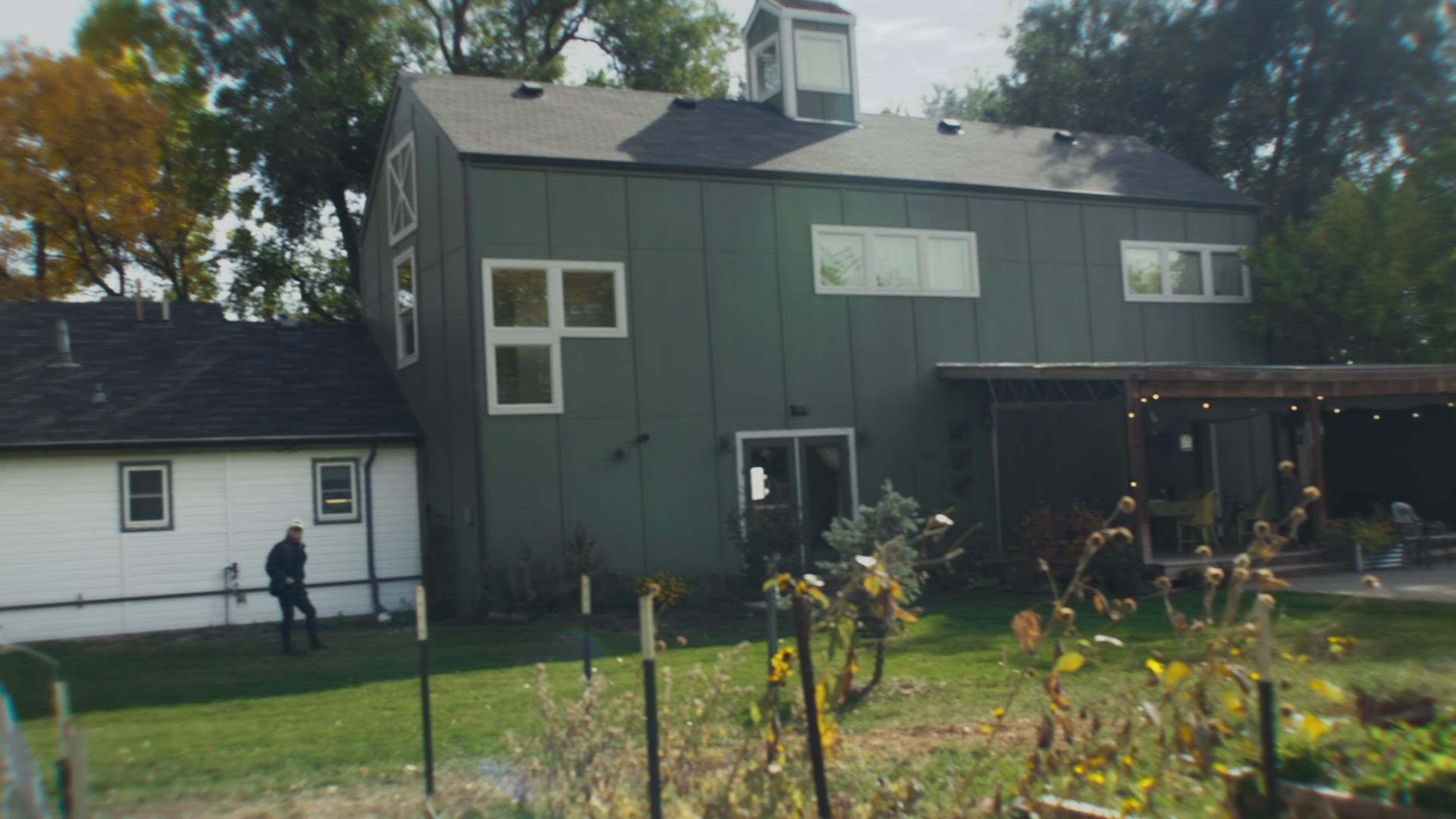COLORADO, USA — PAID FOR BY the Colorado Division of Criminal Justice on behalf of the COLORADO HUMAN TRAFFICKING COUNCIL
Human trafficking in Colorado is often misunderstood. Many people do not believe that traffickers are operating here, or they don’t know what human trafficking really means. The Colorado Human Trafficking Council (The Council) has developed a campaign to raise awareness about all types of human trafficking in Colorado and to set straight many of the misperceptions.
The Council’s campaign uses lived experience narratives, told from the perspective of someone who is being trafficked, to illustrate what human trafficking is, and how a trafficker can exploit anyone, often taking advantage of someone who is in a vulnerable situation, promising them something they want/need, and then controlling them through force, fraud or coercion. The Council composed these chronicles from the details and facts of many different human trafficking cases and lived experiences (to protect identities). Although some aspects of these lived experiences may be difficult to read, hear, believe, or accept, the facts and circumstances are all true and authentic.
One example is James. James’ story is built around a real-life experience of a man who took a job on a farm. The farm belonged to a relative of his and was led to believe that he and his family would have a safe place to live and work, making enough money to support him and his family. However, when James moved his family to the farm, they were trapped. James was told he owed a debt for the move, plus rent and food. They lived in horrible living conditions, they were forced to work without pay, they were threatened, they had no financial means, and they had nowhere to go.
This is terrible, shocking, and maybe hard to understand because it runs counter to what many people believe. Here are some common misperceptions that James’ experience pushes against:
Human trafficking means forced sex: James’ case shows that human trafficking is not always sex trafficking, it also includes labor trafficking. Labor trafficking happens in many different industries and communities, including agriculture and in rural areas.
Traffickers are strangers that grab people off the street: James’ case demonstrates that not all traffickers are strangers. Even a family member can be a trafficker. Often, a trafficker is someone with a personal connection to the victim—someone the victim trusts.
Human trafficking is smuggling or kidnapping: Like James, many victims are seeking a solution to a personal challenge (they need work or housing) and willingly go along. They are not physically forced into their circumstance, but rather, they are intimidated and lied to.
Human trafficking only happens to young girls: As James narrative shows, not all victims are girls. All genders and ages can fall prey to a trafficker’s coercion and manipulative tactics.
A victim can escape and get help: Obviously, it would not be easy for James to leave. Traffickers use tactics like threats, and debt bondage to stoke fear and control their victims.
The Council believes the more we understand how a trafficker exploits people, the better we can identify human trafficking activity, report it, and ultimately, prevent it from happening in the first place. Additionally, one of the most important things we can do is to have compassionate awareness for victims and survivors, and promote dignity and justice for all.
Colorado community members can make a difference. Educate yourself and report a suspicious situation. By taking the time to understand what human trafficking is, and by being aware of the different types that happen here in Colorado, we can all contribute to stopping this crime.
To learn more about James’ experience visit ThisIsHumanTrafficking.com/James
To report or learn about available services, call 866-455-5075 or text 720-999-9724.
About the Council:
Established through legislation in 2014, housed under the Colorado Department of Public Safety, Division of Criminal Justice, Office for Victims Program, the Council coordinates statewide anti-human trafficking efforts for the ultimate purpose of preventing human trafficking in Colorado. Dedicated to the justice and dignity of human trafficking survivors, the 35-person council represents state and non-government agencies, lived experience experts, law enforcement, prosecutors, regional coalitions and task forces, legal services, victim service providers, academia, and faith-based organizations.
The Council is designed to:
● Bring together leadership from community-based and statewide anti-trafficking efforts
● Build and enhance collaboration among communities and counties within the state
● Establish and improve comprehensive services for victims and survivors of human trafficking
● Assist in the successful prosecution of human traffickers
● Help prevent human trafficking in Colorado
THIS ARTICLE INVOLVES COMMERCIAL CONTENT. THE PRODUCTS AND SERVICES FEATURED APPEAR AS PAID ADVERTISING. FOR MORE INFORMATION, EMAIL US.
COLORADO & COMPANY IS A PART OF 9NEWS AND FEATURES COLORADO EVENTS, COMPANIES, BUSINESS PEOPLE AND OTHER GUESTS FROM AROUND THE COUNTRY.

